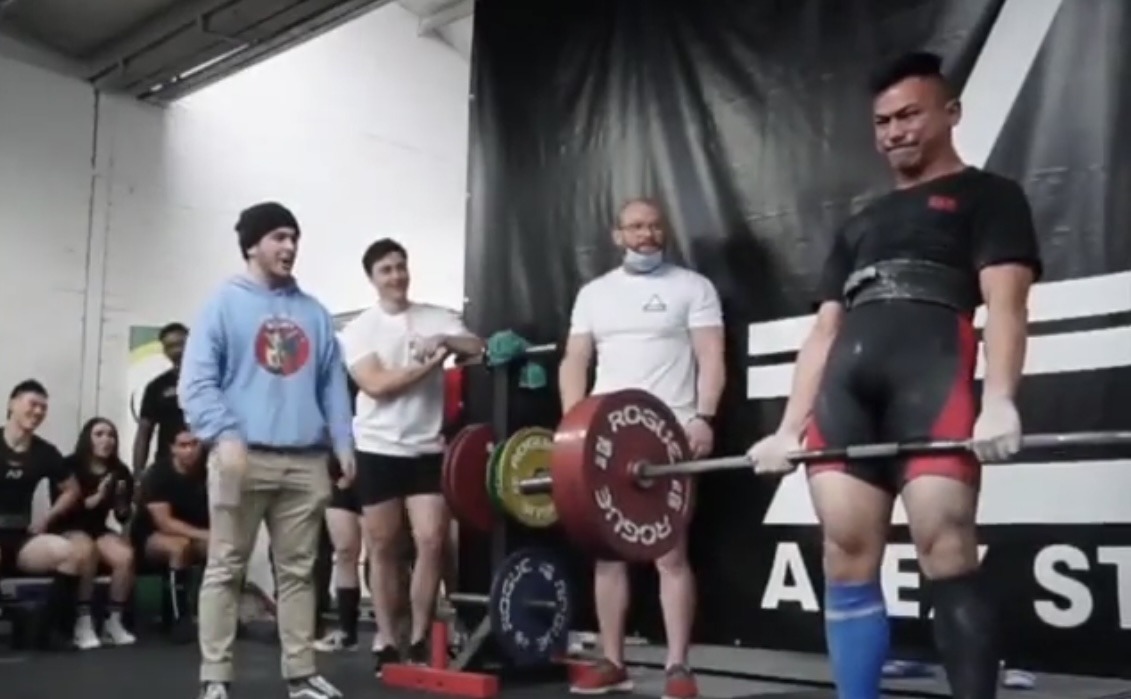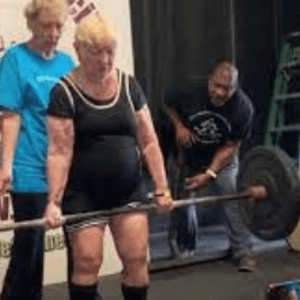
So you might of heard about it but what exactly is Powerlifting?
Put simply, Powerlifting is a sport that tests the maximal strength of athletes in the barbell squat, bench press and deadlift.
Athletes are split into categories based on bodyweight, gender and age and attempt to lift the most weight as they can for 1 repetition. Each athlete is given 3 attempts for each of the lifts and at the end of the competition each athlete’s heaviest squat, bench and deadlift are totalled together to give your powerlifting total which is used to rank the competitors.
Why Powerlift? What are the benefits?
– Increase maximal full body strength
Powerlifting is a sport in which you are judged on how much weight you can lift. Powerlifting training involves focussing on training the squat, bench press and deadlift which are all compound movements which work multiple muscles in the body simultaneously.
– Better skeletal health and increased bone density
High-intensity resistance training has been shown to be effective in increasing the bone mass density in both the lumbar spine and throughout the whole body. This means a lower risk of fracture and lower risk of osteoporosis. Heavy deadlifts with good technique will also help strengthen the musculature that supports the spine.
– Improve sport performance and athletic ability
Powerlifting is a great supplementary sport if you compete in other sports. Using powerlifting training principles you can help train to move your body more efficiently and become more durable. Increasing your maximal strength will also help you jump higher, be more explosive and run faster if paired with the right training alongside it.
– Sport longevity and accessibility
Unlike most sports, which you are only able to partake in for a limited amount of years, Powerlifting has a lot of longevity to it. If you are training with correct technique and have spent the time training correctly you should be able to compete for decades.
There are many world class powerlifters that have been lifting for decades and are well into older age. Powerlifting Australia has age classifications that go from 40-44 up until 80+. Edith Murway-Traina is a woman that began her powerlifting at 91 and now at the age of 100 she has the record for oldest competitive Powerlifter. So if you’ve been looking for a new hobby to pick up with nanna this may be it.

– Do you need to compete as a Powerlifter? It seems like quite a daunting process.
Training using Powerlifting principles will still award you with all the aforementioned benefits without competing. An average Powerlifter may only compete less than a handful of times a year and some may take even longer breaks between competitions to focus on training.
Competing is a great way to give yourself a clear goal and time frame to work towards however. It may not have to be an officially registered competition as well, there are many small local competitions run at gyms and at RevoPT we may run in the future for members to get a taste.
Keep in mind if you do decide to compete in an official competition, the Powerlifting community are one of the most welcoming and friendly group of people. I blindly joined my first competition at the age of 20 without a coach or much of idea of how the process was. On the day I met so many helpful people and the other coaches were more than willing to assist me and I had such a great day. I have found that this is quite consistent with most of community and competitions I’ve encountered, everyone is just really there to support each other and community.
If you are interested in learning more about the sport of Powerlifting feel free to get into contact with me or follow along with future blog posts where I will outline more specific details on Powerlifting. Such as technique, training and what strength levels you should be aiming for to get into your first competition for your category.